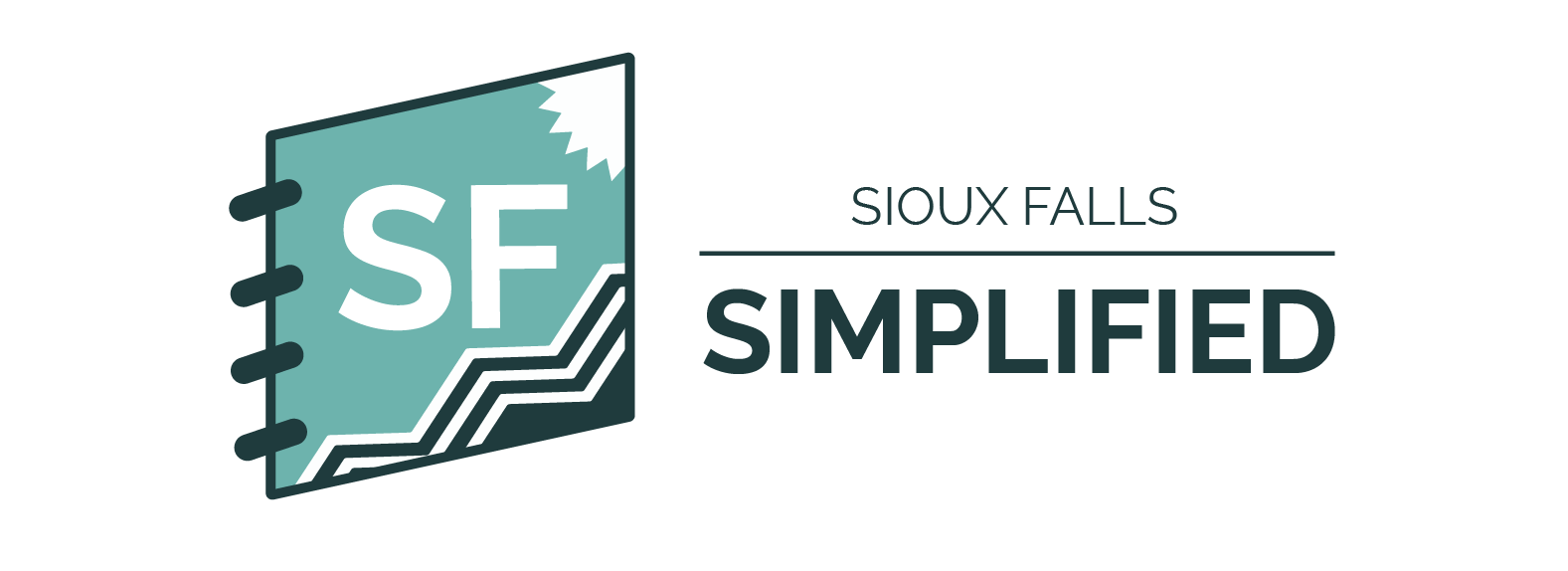Editor's note: This story discusses suicide. If you are struggling with depression or thoughts of suicide, help is out there. Call or text 988 to get connected with resources immediately.
Simplified: The Sioux Falls Police Department earlier this month released data showing suicide rates went up significantly in 2023 compared to the year prior. It's no surprise to those working in the mental health space, but there is both help out there for folks who need it and ways that you can be helpful in preventing suicides in our community.
Why it matters
- Police data shows that 38 people died by suicide in 2023, a more than 70% increase from the year prior, and Police Chief Jon Thum said early data for 2024 shows the trend continuing – also paralleled in national trends.
- Meanwhile, at Avera Behavioral Health, 2023 saw the highest number of patients on record, Vice President Thomas Otten said. That's in part due to a new addition providing more space for patients to keep up with demand.
- Its a troubling trend, Thum added, but there are a number of local resources aimed at suicide prevention, including a new toolkit from the Helpline Center designed to educate the community on what happens when you dial 988 – the suicide prevention hotline – and how to approach conversations about suicide with the people in your life.
"We just need to figure out how to connect in those moments of loneliness and despair," said Betsy Schuster, vice president of program development with the Helpline Center.
Tell me more
One demographic impacted the most by increasing suicide rates is adults age 25 to 34, according to Lost & Found Executive Director Erik Muckey.
- While resources are available to help, Muckey said it's a challenge for people working in the mental health space to keep up.
"We’re all trying to spread ourselves to meet needs, and the needs just keep increasing," he said.
Otten noted the increasing suicide rate compared to other causes of death in the country.
"If you looked at heart disease, cancer, any of those, and look at what's happening across the country over the last 20-30 years, all of them have gotten better as far as mortality," he said. "Suicide has gone the opposite direction."
How can I help?
Ask the question, "Are you thinking about suicide?"
- Otten said directly asking the question can open the door for a real, honest conversation, adding that if a person wasn't thinking of suicide before, they won't start thinking of it just because you asked.
Focus on "means reduction."
- Another important prevention tool is ensuring people who are at risk of suicide don't have access to things like drugs or guns.
- More than 90% of people who attempt suicide with a gun are successful, so Otten stressed the importance of having conversations about keeping guns out of the home of someone who is at risk of suicide, or finding other mitigation measures like a locked cabinet or taking away ammunition.
"More often than not, it's very much an impulse decision, so anything I can do to break that impulse might save a life," Otten said.
Have tools available
The Helpline Center in partnership with the state Department of Social Services created this toolkit as a way to help folks approach conversations about mental health and suicide.
There are also posters available that you can download and hang in your workplace as a resource.
How can I get help?
Call or text 988, the suicide hotline.
Schuster noted that often people are scared to reach out because they don't want police to get involved, but she emphasized that the vast majority – like 97% – of calls do not get referred to police.

